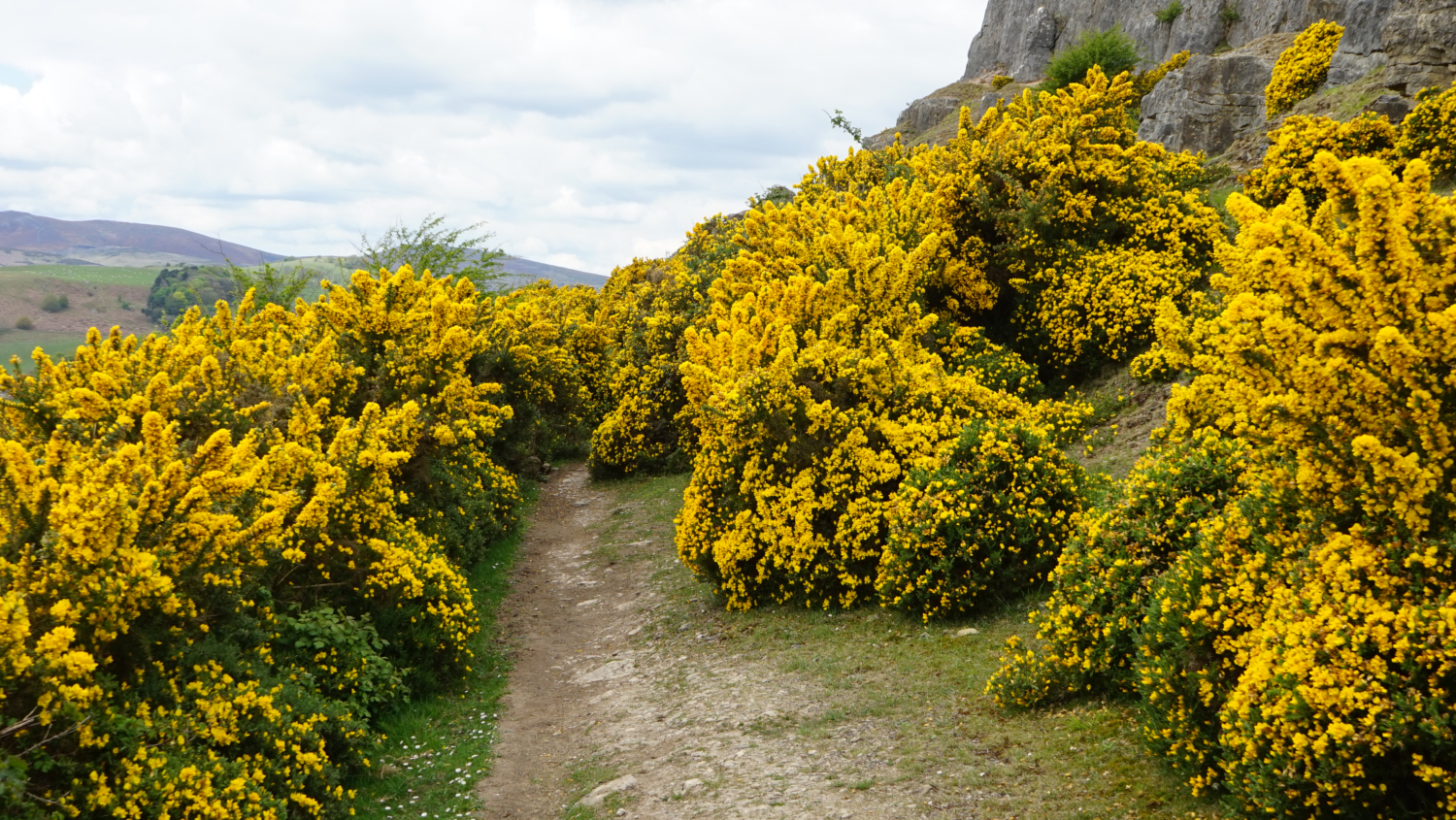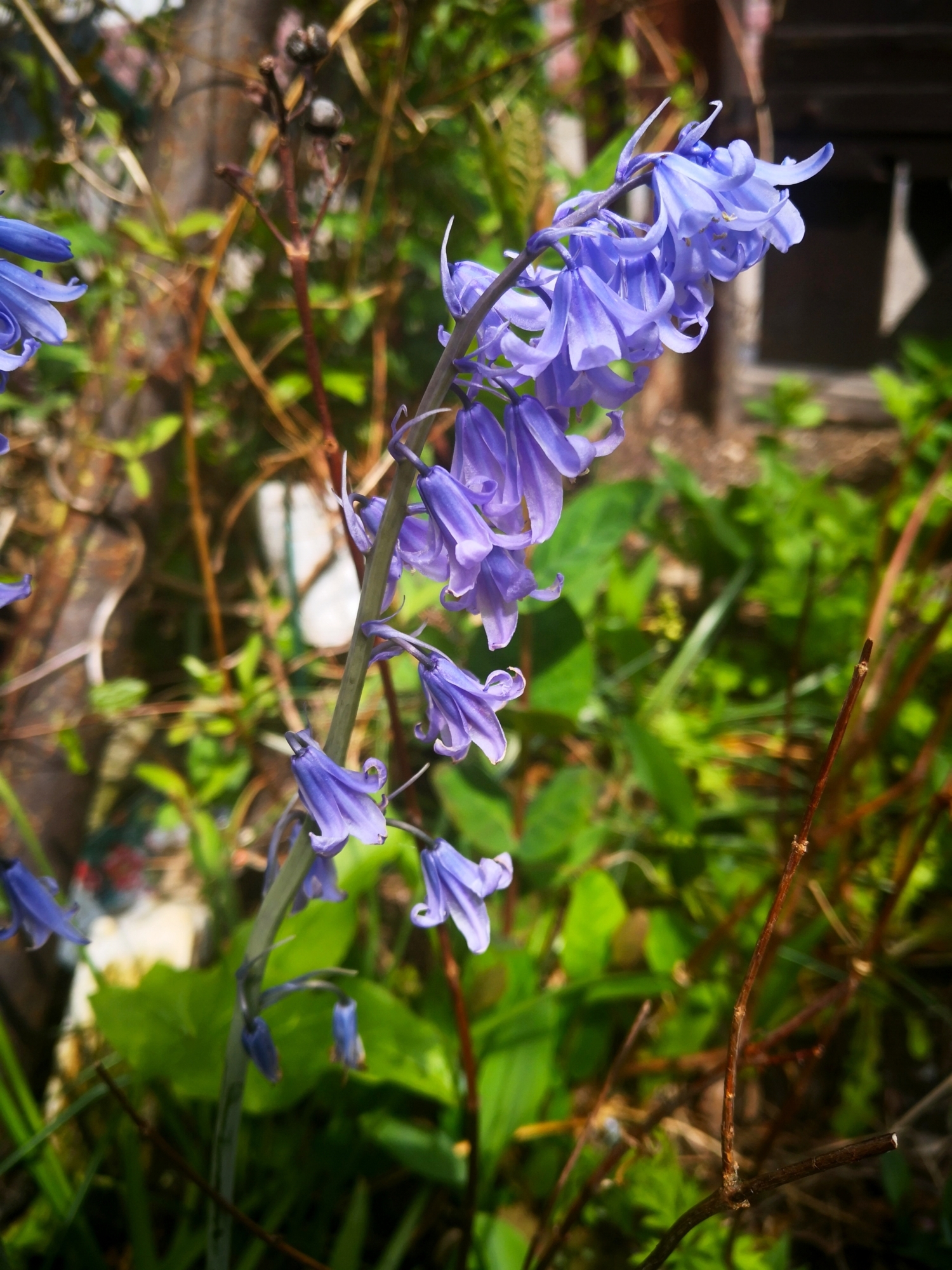Quintessential Scottish Plants
Posted by The Celtic Croft on Jun 7th 2022
Scottish Gardens
The history of gardening goes back thousands of years. It was both a practical and a beautiful way to grow all kinds of useful plants. And it still is today! With its beautiful greenery, Scotland is no stranger to lush gardens. Today, we would like to spotlight some of Scotland's most iconic plants. Although it’s National Gardening Week here in the U.S., be careful if you choose to plant these. Flora that has adapted to Scotland’s less hospitable climate can grow out of control when planted in milder conditions…
Thistle

There's no doubt that the Scottish Thistle is one of the most recognizable Scottish symbols. It is found everywhere; appearing on jewelry, weaponry, and more. The tale goes that when the Norsemen were at war with the Scots, they planned a nighttime ambush. The Norsemen removed their boots to disguise the sound of their approach. However, the invading Norse troops marched directly into a patch of thistles. Ouch! Legend has it, their cries of pain alerted the sleeping Scots, and the day was saved.
This fable is not exaggerating- the spines of the thistle are nothing to mess around with. However, those who tread carefully can admire the lovely purple bloom and striking shape of the plant. One of our favorite tartans, Isle of Skye, features an appealing purple-and-sage pattern. While writing this, I wonder if it’s possible that its coloring was inspired partially by the thistle.
As far as gardening goes, you may only want to try planting these if you’re an experienced gardener. Although cultivated in gardens by some, others consider them weeds for their painful prick and ability to spread quickly. Some would call them hardy plants… others might say “stubborn”.
Gorse

If the thistle is instantly recognizable from its violet hue, the same could be said of the sunny yellow blankets of the gorse plant. Called “Whin” in Scotland, gorse is a shrub that blooms year-round. They say, “When gorse is out of bloom, kissing’s out of fashion”. If you want to see it at its most vibrant, keep your eyes peeled during springtime.
Those who have seen gorse up-close have described the smell as a pleasant coconut, almond, or vanilla. When dried by the sun, the seed pods open with an audible “pop!” to spread gorse far and wide. The sweet-smelling blooms are used to make teas and cordials, and the stems make great fuel for fires. However, not all aspects of this plant are inviting. Gorse, like thistle, has painful spines. It spreads so quickly that it has become an issue in places like New Zealand, where it grows without environmental checks. Under supervision, however, it can be a gorgeous and hardy addition to a garden.
Scottish Bluebells

Ending on a gentler note, no summary of Scottish flora would be complete without the Scottish Bluebell. These lovely periwinkle flowers can be found carpeting woodland floors if you look at the right time of year. One notes numerous references to this flower in the folklore and literature of Scotland.
Another name for the Scottish Bluebell is the “faery’s thimble”. These flowers are heavily associated with fairies and witches, and legends caution against crushing the plant while carelessly walking. Fairies dwell inside and do not take kindly to the destruction of their dwelling. In addition to being associated with fairy magic, harebells can symbolize everlasting love.
Like the other plants mentioned, harebell can handle poor and sandy soil. They are perennials and are best planted in early fall. Reports claim they are relatively easy to care for, not to mention they attract hummingbirds and butterflies. And best of all, no painful spines!
Enjoy the outdoors!
If you plan to do gardening this season, we recommend our gathering apron, which has handy pockets for holding harvests or gardening tools. Or, choose an outdoor garden flag in a tartan that coordinates with the flowers in your garden. We wish you the best of luck this planting season, and beware of fairies!
For more resources on ways to put what you grow to practical use, check out the Scottish Radical Herbal Garden, a collection of activists working from a social justice framework. Their in-progress online library invites users to submit their own recipes and uses for herbs.

